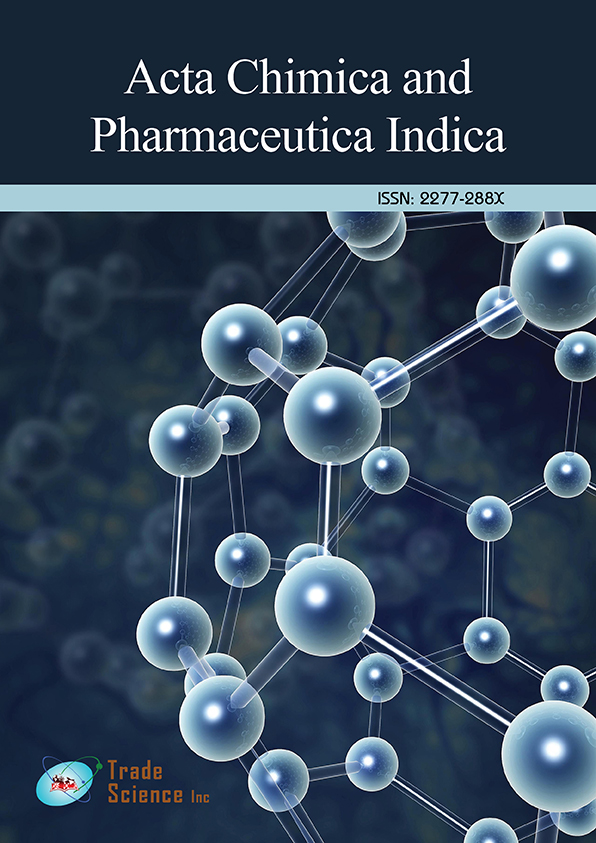Perspective
, Volume: 13( 2) DOI: 10.37532/2277-288X.2024.13(2).202Evaluation of Physical, Thermal, and Spectral Parameters of Methylsulfonylmethane Treated by Biofield Energy
- *Correspondence:
- Annie MuhTrivedi Science Research Laboratory, University Federal, Indonesia, E-mail: muhannie87@gmail.com
Received: May 01,2023, Manuscript No. tsacpi-24-116877; Editor Assigned: May 05,2023, Pre-QC No. tsacpi-24-116877(PQ); Reviewed: May 20,2023, QC No. tsacpi-24-116877(Q); Revised: May 25,2023, Manuscript No. tsacpi-24-116877(R); Published: May 29,2023. DOI: 10.37532/2277-288X.2024.13(2).202
Citation: Muh A. Evaluation of Physical, Thermal, and Spectral Parameters of Methylsulfonylmethane Treated by Biofield Energy. Acta Chim Pharm Indica 2024;13(2):1-2.
Abstract
This research article investigates the impact of biofield energy treatment on Methylsulfonylmethane (MSM), a naturally occurring organic sulfur compound. Physical, thermal, and spectral parameters were evaluated using various analytical techniques. The results indicate that biofield energy treatment may induce structural modifications in MSM, potentially enhancing its bioavailability and therapeutic properties.
Keywords
Methylsulfonylmethane; Scanning electron microscopy
Introduction
Methylsulfonylmethane (MSM), a naturally occurring organosulfur compound found in various foods and beverages, has gained attention for its potential therapeutic benefits. It is widely used as a dietary supplement to support joint health, reduce inflammation, and promote overall well-being. Research suggests that structural modifications in MSM could potentially enhance its bioavailability and effectiveness. Biofield energy treatment is a non-invasive, alternative approach that has shown promising results in modifying the physicochemical properties of various compounds. The aim of this study is to evaluate the effects of biofield energy treatment on the physical, thermal, and spectral properties of MSM.
Results and Discussion
The physical properties, including particle size, surface area, and crystallite size, were analyzed using techniques such as X-ray diffraction and scanning electron microscopy. The results revealed significant changes in the physical properties of MSM after biofield energy treatment. The treated MSM exhibited altered particle size and surface area, suggesting potential modifications in its structure.
Thermal analysis, conducted using differential scanning calorimetry and thermogravimetric analysis, demonstrated variations in the thermal stability and decomposition behavior of the treated MSM compared to the control. These differences may indicate changes in molecular interactions and thermal properties induced by bio field energy treatment.
Spectral analysis, including Fourier-Transform Infrared (FT-IR) spectroscopy and UV-Vis spectroscopy, was conducted to evaluate any alterations in molecular vibrations and electronic transitions. The spectral results displayed notable shifts in characteristic peaks and absorption patterns, indicating potential modifications in the chemical structure and functional groups of MSM after bio field energy treatment.
Conclusion
This study presents significant findings regarding the influence of biofield energy treatment on the physical, thermal, and spectral parameters of Methylsulfonylmethane (MSM). The altered physical and thermal properties, along with changes in spectral characteristics, suggest that biofield energy treatment may induce structural modifications in MSM. Further research is warranted to explore the potential implications of these modifications on MSM's bioavailability and therapeutic efficacy, thereby enhancing its applications in the field of healthcare and wellness.
